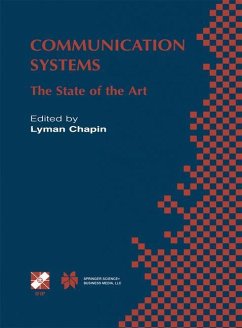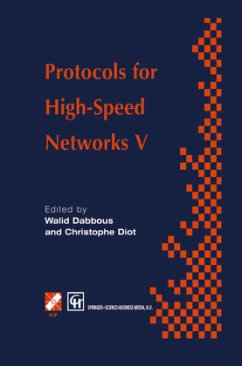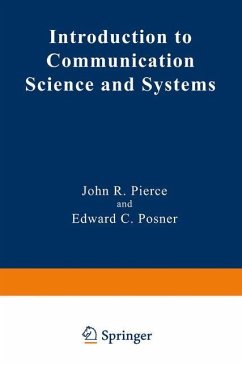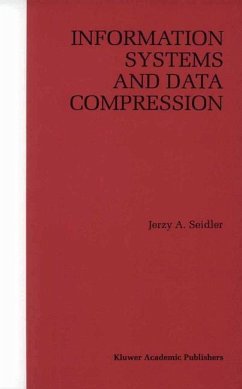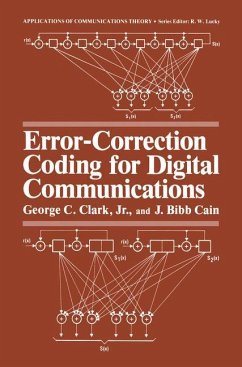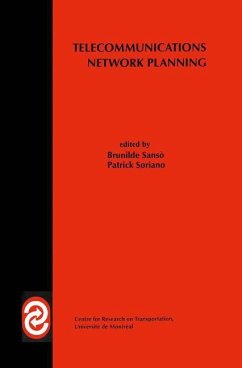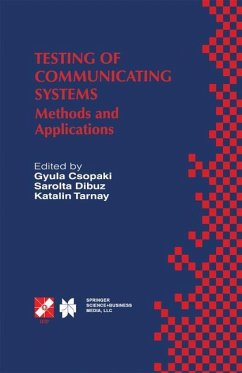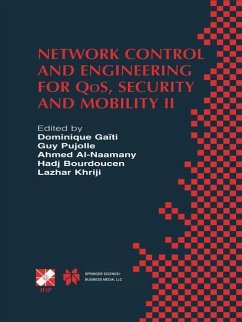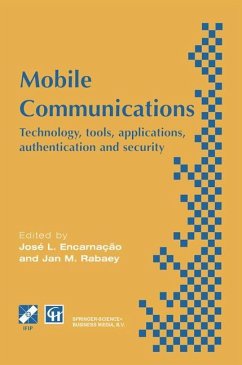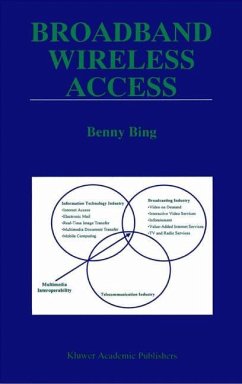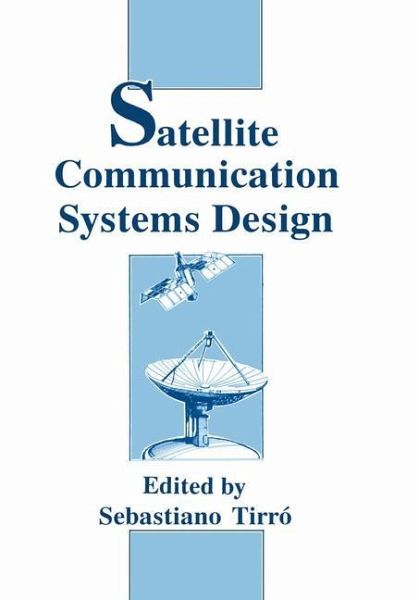
Satellite Communication Systems Design

PAYBACK Punkte
76 °P sammeln!
Writing a comprehensive book on satellite communications requires the com mand of many technical disciplines and the availability of up-to-date information on international recommendations, system architectures, and equipment stand ards. It is therefore necessary to involve many authors, each possessing a good level of knowledge in a particular discipline. The problem of using a coherent and unambiguous set of definitions and basic terms has been solved by including in the book all the background information needed for understanding satellite communication systems, without any major reference ...
Writing a comprehensive book on satellite communications requires the com mand of many technical disciplines and the availability of up-to-date information on international recommendations, system architectures, and equipment stand ards. It is therefore necessary to involve many authors, each possessing a good level of knowledge in a particular discipline. The problem of using a coherent and unambiguous set of definitions and basic terms has been solved by including in the book all the background information needed for understanding satellite communication systems, without any major reference to other textbooks specializing in particular disciplines. The obvious consequence of this approach has been the large size of the book, with the advantages, however, of practically complete independence from other books, more systematic discussion of the subject matter, and better readability. After the required background information, emphasis has been placed on the discussion of techniques and system design criteria rather than on specific equipment implementation or description of particular systems. The book may be divided in five parts as follows: - The first five chapters provide most of the required background information. - Chapter 6 is an introductory outline of satellite communication systems. - Chapters 7 to 13 deal with the various aspects of technical system design. - Chapter 14 discusses system economics. - Chapter 15 provides a brief insight into some foreseeable future develop ments of satellite communications.




